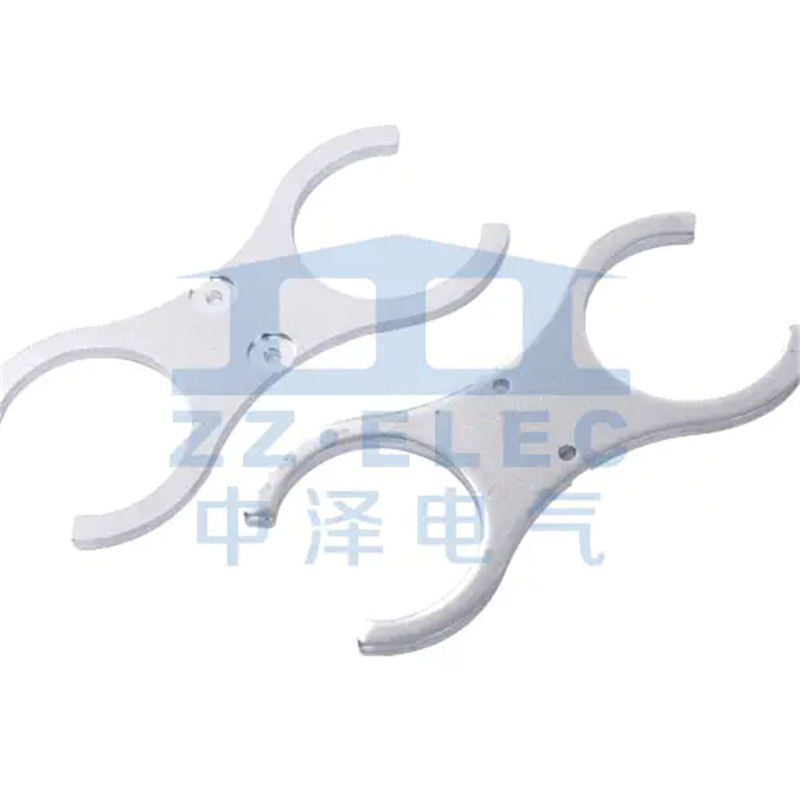Fuel Filter Structure
Fuel filter cover&housingType: nearly every existingMaterial: AL1060We specialize in Aluminum cold extrusion. Fuel filter cover and housing could ...

Look around, and you’ll find that nearly everything tangible—from the tables and chairs in your home to complex machinery and massive architectural structures—relies on an unassuming yet vital component: connectors. Like unsung heroes, they silently bind different parts together, forming the framework of our world. However, traditional connectors are often limited by fixed sizes and functions, struggling to meet increasingly complex design and functional demands. For example, a curvaceous furniture design may defy standard right-angle connectors; a display shelf requiring frequent disassembly and reassembly becomes inefficient due to the hassle of screws. These limitations have sparked innovation, driving the development of customized, technologically enhanced connectors that unlock new possibilities in design and application.
In the past, designs often had to accommodate the dimensions and forms of standard connectors. Today, as personalization and maximum functionality take center stage, this model is obsolete. Custom connectors have revolutionized this paradigm, allowing designers and engineers to create connectors from scratch to fit a project’s unique needs. Whether to accommodate complex geometries or meet special load-bearing or shock-resistant requirements, tailor-made connectors deliver perfect solutions.
This shift from “compromise” to “creation” unleashes unlimited design potential, turning once-unfeasible complex structures into reality.
The rise of 3D printing has revolutionized connector production, breaking free from traditional manufacturing constraints. It enables the creation of connectors with intricate internal structures and irregular shapes. Using computer-aided design (CAD), engineers can easily design lightweight yet strong connectors—such as those with honeycomb interiors—that maintain strength while significantly reducing weight. This is invaluable in fields like drones and medical devices, where weight is critical.
3D printing also drastically shortens the design-to-production cycle, ideal for small-batch, high-precision customization. A design can be printed into a physical prototype within hours, facilitating rapid testing and iteration. This ability to quickly prototype makes connector design and optimization more flexible and efficient, accelerating innovation.
Woodworking, an ancient craft, relies on the art of mortise-and-tenon joints—intricate cuts and interlocks that bind wood without external fasteners. However, crafting complex mortise-and-tenon joints demands exceptional skill and time. Modern connectors do not replace this tradition but complement and innovate it.
By combining modern connectors with traditional woodworking, we simplify assembly while preserving wood’s natural beauty. For example, innovative hidden connectors allow craftsmen to assemble pieces quickly and precisely without compromising aesthetics. They provide strong support while enabling easy disassembly and reassembly, making furniture and wood products more flexible to produce and use. This fusion respects traditional craftsmanship while embracing modern efficiency, modernizing woodworking techniques.
In industrial production and infrastructure, connectors play a pivotal role—especially in piping systems, where quick-connect fittings drastically boost installation, maintenance, and modification efficiency. Traditional methods like welding or flange connections are time-consuming and labor-intensive, with complex repair processes if issues arise.
Quick-connect fittings, as their name suggests, enable rapid pipe butting and separation through simple operations. They often use specialized locking or sealing structures to ensure tightness and pressure resistance while shortening construction cycles. This efficiency is critical in industries like petrochemicals, food processing, and pharmaceuticals, where frequent cleaning and maintenance are required.
Reliable connectors also reduce leakage risks, ensuring safe, stable system operation. Choosing the right connector impacts not only initial construction efficiency but also long-term operational reliability and maintenance costs. A seemingly trivial connector bears the weight of smooth, safe industrial processes.